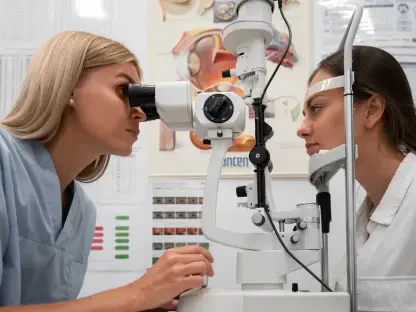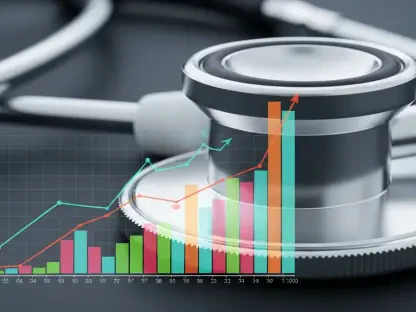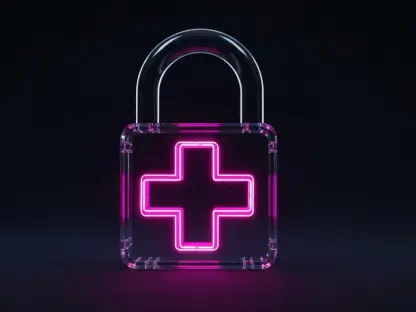I’m thrilled to sit down with Faisal Zain, a renowned healthcare expert with deep roots in medical technology. With years of experience in the manufacturing of medical devices for diagnostics and treatment, Faisal has been at the forefront of driving innovation in the industry. Today, we’ll dive into the critical issue of communication challenges in healthcare, exploring how fragmented systems impact patient safety, the financial and human toll of inefficiencies, and the potential of unified technologies to transform care delivery.
Can you explain what fragmented communication looks like in healthcare settings and why it’s such a pressing issue?
Fragmented communication in healthcare refers to the disjointed, often outdated systems that hospitals use to share information among care teams. Think of a mix of pagers, multiple messaging apps, phones, and electronic health records (EHRs) that don’t talk to each other. This creates a messy web where critical information can get lost or delayed. It’s a pressing issue because these gaps directly affect patient outcomes—something as simple as a misrouted page in an ICU can delay treatment by hours, sometimes with devastating consequences.
What are some everyday examples of tools or systems that contribute to this fragmentation?
Commonly, you’ll see pagers still in use alongside modern messaging apps that aren’t integrated with EHRs. Nurses might juggle ten different logins for various platforms just to access patient data or send updates. Each tool operates in its own silo, so staff end up manually transferring information between systems, which is not only time-consuming but also ripe for errors.
Can you walk us through a real-world scenario where a communication breakdown, like a misrouted page, has delayed care?
Absolutely. Imagine an ICU nurse receiving a page about a patient’s deteriorating condition, but it’s sent to the wrong person due to an outdated directory. By the time the right clinician is notified, hours have passed. I’ve seen cases where this led to a delay in administering critical medication, turning a manageable situation into a life-threatening one. These delays aren’t just frustrating—they can be fatal.
How do these communication delays impact the financial side of hospital operations?
The financial burden is staggering, costing U.S. hospitals billions annually. A big chunk comes from wasted time—clinicians spending hours toggling between systems or duplicating efforts because information wasn’t shared properly. Then there are costs tied to delayed care, which can lead to longer patient stays or legal issues. These inefficiencies strain budgets and pull resources away from direct patient care.
Shifting to EHRs, why are they so central to hospital workflows, and what happens when they go down?
EHRs are the backbone of modern healthcare—they store patient records, orders, and communication logs all in one place. When they go down, even for a few minutes, everything grinds to a halt. Clinicians can’t access test results or medication histories, leading to delays in decision-making. I’ve heard of cases where test result delivery was delayed by over 60%, putting patients at immediate risk. It’s a domino effect that disrupts entire workflows.
How does inefficient communication contribute to clinician burnout, and what role do constant interruptions play?
Clinicians are bombarded with notifications—many of which are false alarms or insignificant. Studies show that up to 99% of alerts don’t require action, but each one pulls focus away from patient care. This constant interruption creates a cognitive overload, leading to stress and exhaustion. Over time, it’s a major driver of burnout, which is already affecting over half of nurses and physicians in the U.S.
Looking at solutions, how can unified communication tools make a difference in reducing patient safety incidents?
Unified communication tools bring everything into one secure platform, integrating with EHRs to streamline information sharing. Research shows they can cut patient safety incidents by as much as 27%. By connecting care teams seamlessly, these tools ensure that critical updates aren’t lost in silos. They reduce the noise of multiple apps and allow clinicians to focus on what matters—delivering timely, coordinated care.
Why are cloud-based platforms gaining traction in healthcare communication, and what benefits do they offer?
Cloud-based platforms are growing because they offer scalability, flexibility, and cost-effectiveness compared to traditional on-premise systems. They ensure uninterrupted communication, even during outages, which is vital for patient safety. Plus, they’re easier to update and maintain, allowing hospitals to adapt quickly to new needs without the heavy IT burden of older systems.
What is your forecast for the future of communication technology in healthcare?
I believe we’re heading toward a fully integrated, intelligent communication ecosystem. The focus will shift from adding more tools to creating a seamless fabric where data flows effortlessly between teams and systems. With the market for collaboration tools projected to reach $2.5 billion by 2032, we’ll see more cloud-native solutions and AI-driven innovations that predict and prevent communication breakdowns. Ultimately, this will lighten the load on clinicians and prioritize patient safety above all.









